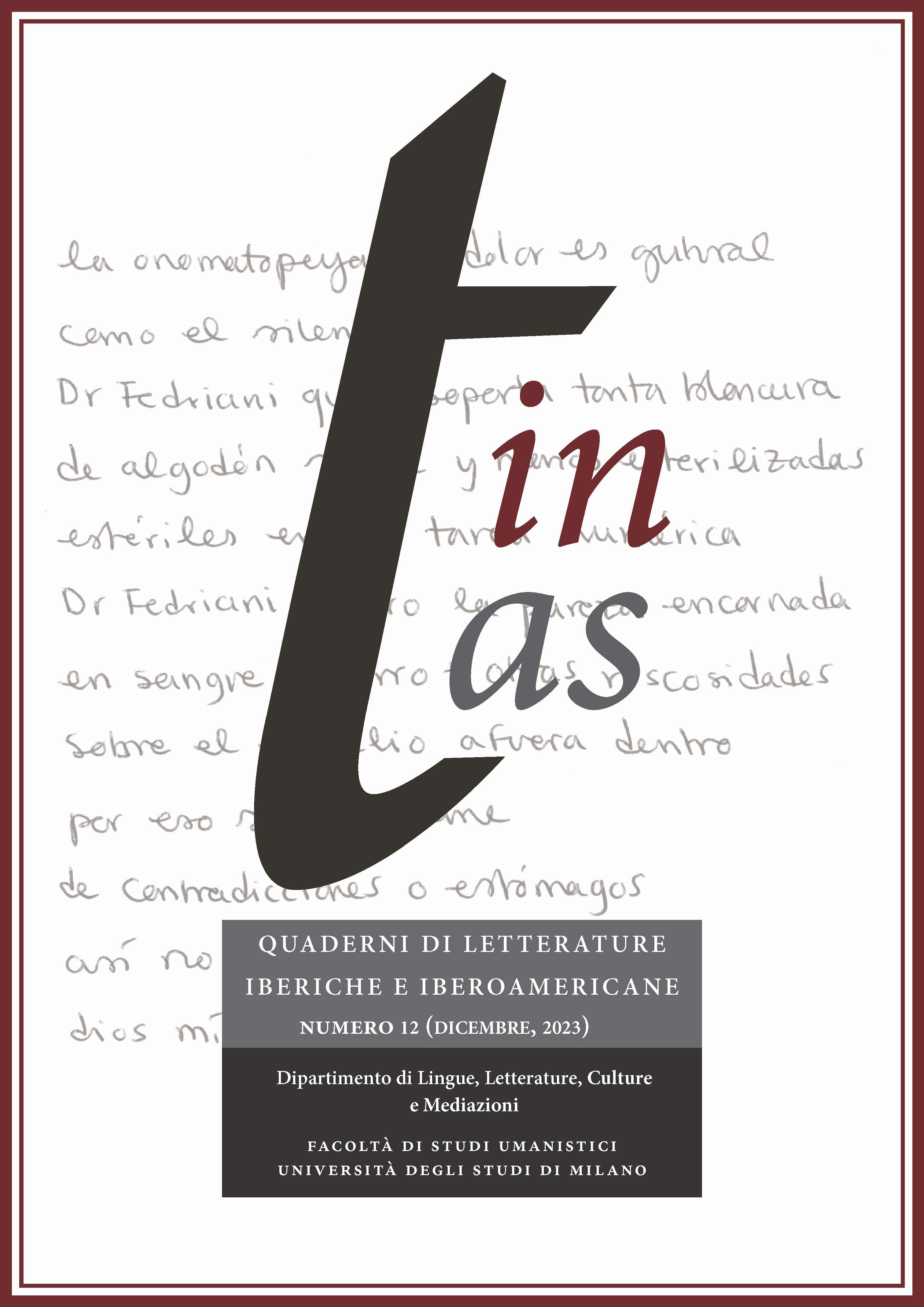Krínein, entre la vida y la muerte. Alternativas discursivas en el relato sobre violencia de género
DOI:
https://doi.org/10.54103/2240-5437/22419Keywords:
gender-based violence; crisis of masculinity; archetypes of feminised subjects; self-defenceAbstract
According to the Diccionario Crítico Etimológico Castellano e Hispánico, the etymology of “crisis” has its origin in the medical field, deriving from the Greek κρίνειν (krínein: to separate, to decide); in the medicine of classical antiquity, this separation indicated a crucial and decisive point due to an abrupt or profound change, to the point of separating life from death. Nowadays, the supposed “crisis of masculinity” and gender violence place us more and more in a dangerous point of separation between life and death which, from the point of view of literature, this paper aims to address from the point of view of language and the construction of discourse in works such as La feliz y violenta vida de Maribel Ziga (2020), by Itziar Ziga, or Violencia (2020), by Bibiana Collado Cabrera, without forgetting to mention reference works published in recent years and not only in Spain, such as El invencible verano de Liliana (2021), by Cristina Rivera Garza. From the etymology of “crisis” which refers directly to the point of separation between life and death, the dissemination and analysis of literary works that explore male violence provide at least two major possibilities: first of all, they allow us to move away from the dimension of the contemporary subject alone in its dimension of individuality in crisis so that, instead, it is possible to recognise oneself and find support in a collective; secondly, literature that approaches this damage problematises the archetype of the abused woman or feminised body as a passive victim, without voice or agency to think and debate about self-defence.
Downloads
Published
Versions
- 2024-02-08 (4)
- 2024-02-08 (3)
- 2024-02-08 (2)
- 2024-02-08 (1)



